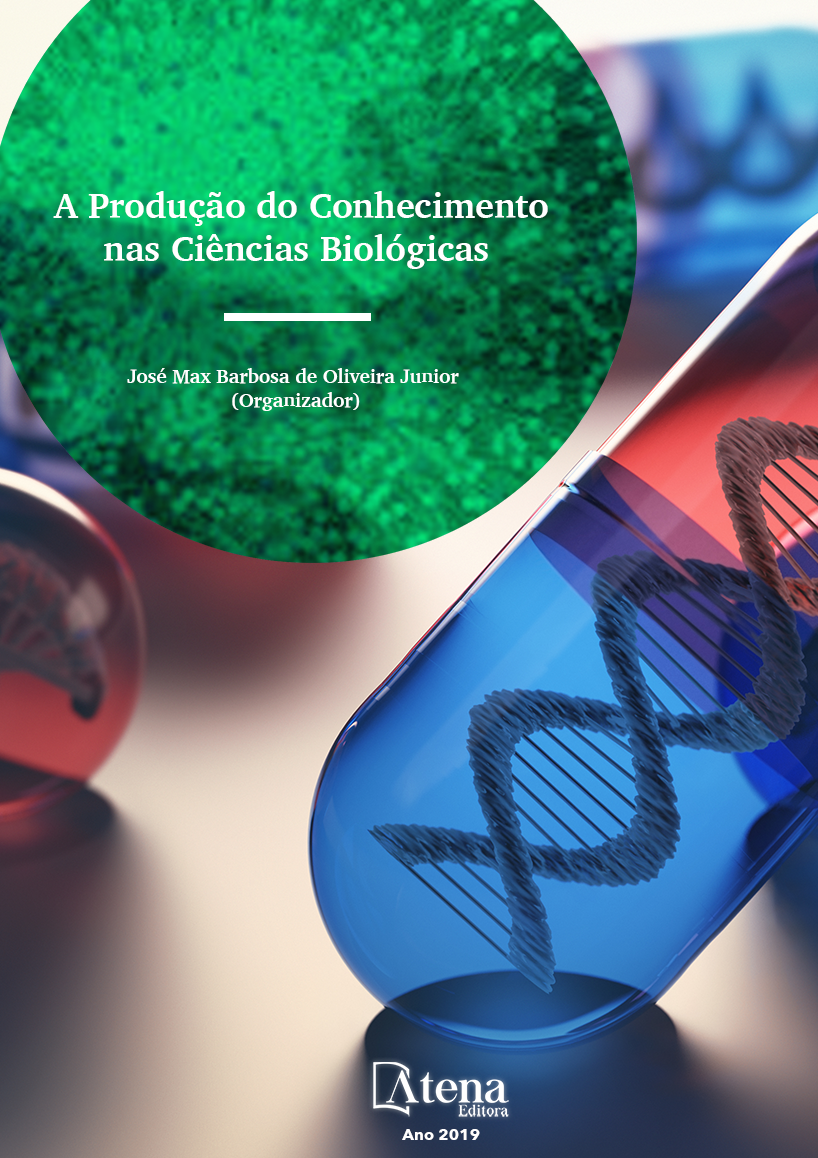
UTILIZAÇÃO DE PLANTAS NATIVAS NA RESTAURAÇÃO ECOLÓGICA EM UM TRECHO DE ECOSSISTEMA DE RESTINGA
Incentivar o uso de plantas nativas na restauração de áreas verdes nas cidades pode ser um grande aliado para a valoração da vegetação nativa, manutenção e preservação do ecossistema, melhoria do clima e estética e qualidade de vida aos moradores. Diante deste contexto o presente trabalho visou implantar uma técnica de restauração ambiental, ilhas de alta diversidade, voltado para o manejo e conservação da vegetação de restinga do Parque das Dunas. Para isso, foi realizado transplante direto de indivíduos jovens do próprio parque para compor as ilhas de alta diversidade. Foram confeccionadas 22 ilhas dispostas em uma área de 50 m² com uso aproximado de 170 indivíduos compostas pelas espécies Anthurium affine Schott, Hohenbergia littoralis L.B.Sm., Epidendrum denticulatum Barb. Rodr., Cyrtopodium paranaense Schltr., Syagrus schizophylla.(Mart.) Glassman. e Guapira pernanbucensis (Casar.) Lundell. Resultados mostraram que após 6 meses de iniciado o processo de restauração pôde-se observar, que 23,82% dos indivíduos emitiram gemas, e que 90,59% das espécies sobreviveram. As altas taxas de sobrevivência podem estar associadas à técnica de transplante direto indicando que o resgate e manejo das espécies vegetais de restinga podem ser favoráveis diante das metodologias aplicadas.
UTILIZAÇÃO DE PLANTAS NATIVAS NA RESTAURAÇÃO ECOLÓGICA EM UM TRECHO DE ECOSSISTEMA DE RESTINGA
-
DOI: 10.22533/at.ed.79119250421
-
Palavras-chave: Plantas Nativas. Restauração ecológica. Ilhas de Alta Diversidade. Restinga.
-
Keywords: Native Plants.Ecological Restoration. Island High Diversity. Restinga.
-
Abstract:
Encourage the use of native plants in restoration of green areas can be a great ally for the environmental ENRICHMENT of native vegetation, maintenance and preservation of the ecosystem, improvement of the climate and aesthetics, and quality of life for the inhabitants of that area. Given this context, this study focus on proposing the use of native plants of the Parque das Dunas as a way of restoring degraded areas. For that, it was necessary to make a direct transplant of seedlings WITHIN the park to compose the high diversity islands. Twenty-two islands were arranged in total, in an area of 50 m², using 170 individuals composed of Anthurium affine Schott, Hohenbergia littoralis L.B.Sm., Epidendrum denticulatum Barb. Rodr., Cyrtopodium Paranaense Schltr., Syagrus schizophylla. (Mart.) Glassman. and Guapira pernanbucensis (Wed.) Lundell. Results showed that after six months from the start of the restoration process, 23.82% of the individuals emitted gems, and 90.59% of the species survived. The high survival rates obtained in the present study may be associated to the direct transplant technique, demonstrating that the rescue and management of the Restinga plant species can be favorable in face of the applied methodologies.
-
Número de páginas: 15
- Suelen Rodrigues da Conceição
- Christiano Marcelino Menezes
- Laila Nazem Mourad
- SUELEN RODRIGUES DA CONCEICAO


